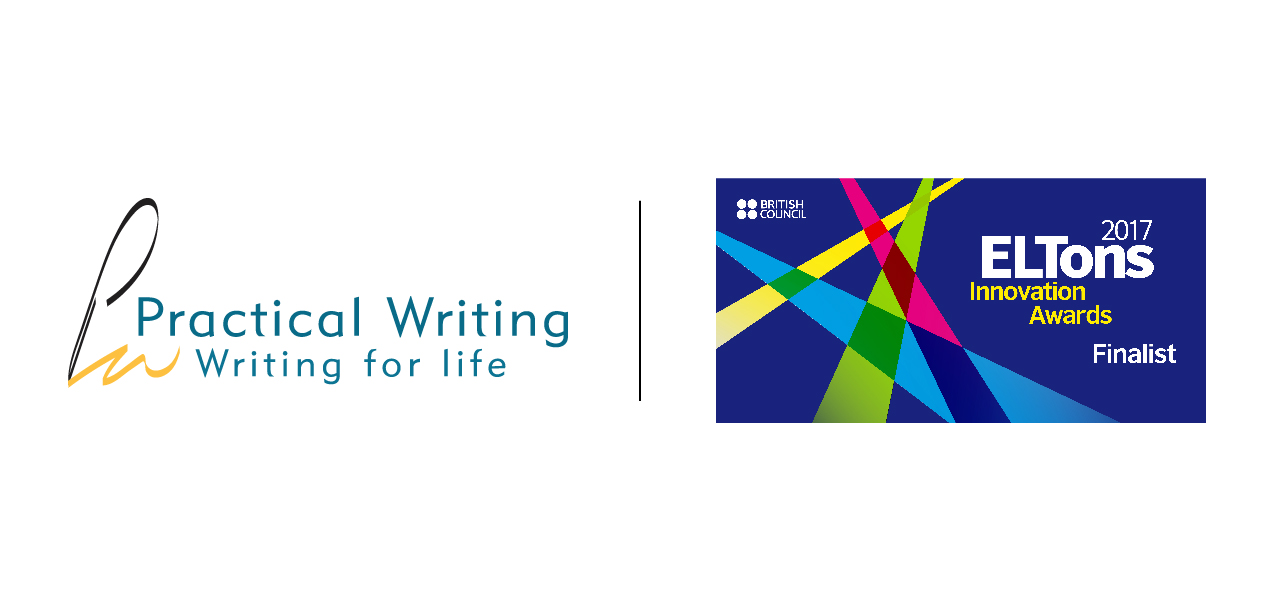What have you written today? When I think through my morning, I can count the following:
- a WhatsApp message to my daughter (on a smartphone)
- about 20 emails (on a desktop computer)
- meeting notes (on paper — with a pen!)
- more notes (in a desk diary)
- Skype messages (on a desktop)
- more emails (this time on a mobile because I was on a bus)
The pattern of your morning is probably similar, and that of our students too: a range of text types, styles and devices.
When we designed Practical Writing, we wanted to help students with the text types they actually write. But equally, just as we all select the most appropriate device for each writing task, we wanted to match technology to learning activity.
As the list above shows, all media have their strengths and weaknesses: sometimes the best tool is a desktop; sometimes it’s a pen. Unfortunately, this is often not recognised in the development of ICT materials. For example, books are given ‘iPad versions’ simply by being converted into PDFs. We see almost identical versions of interactive programs on desktops and mobiles, despite the vast difference in screen size and the different ways in which students use these two technologies.
The team researched usage of three media: laptops/desktops, smartphones and paper. Some outcomes were surprising. We had thought mobiles were ideal for watching video, but there was strong resistance to this from students because of the download cost. Some outcomes were more predictable: students are reluctant to engage in extensive writing on a mobile, but they like playing games on it.
Next, we matched learning activities to these strengths and preferences so as to maximise learning opportunity (you can learn on the bus as well as at your desk), and to provide the variety of activity that boosts motivation (video, interactive activities, games).
The result is a program that comprises (a) a phone app that pre-teaches vocab for each unit through flashcards and games; (b) videos and interactive activities that run on laptop/desktop or tablet; (c) a library of printable items in each unit for students to annotate, brainstorm, edit and engage in other tasks best done on paper.
There’s more to be done, but reaching the ELTons final suggests that we are on the right track. And I’d like to think that as I reached for my mobile to WhatsApp my daughter this morning, somewhere a student was reaching for hers to play a Practical Writing vocab game.
Find out more about Practical Writing.

